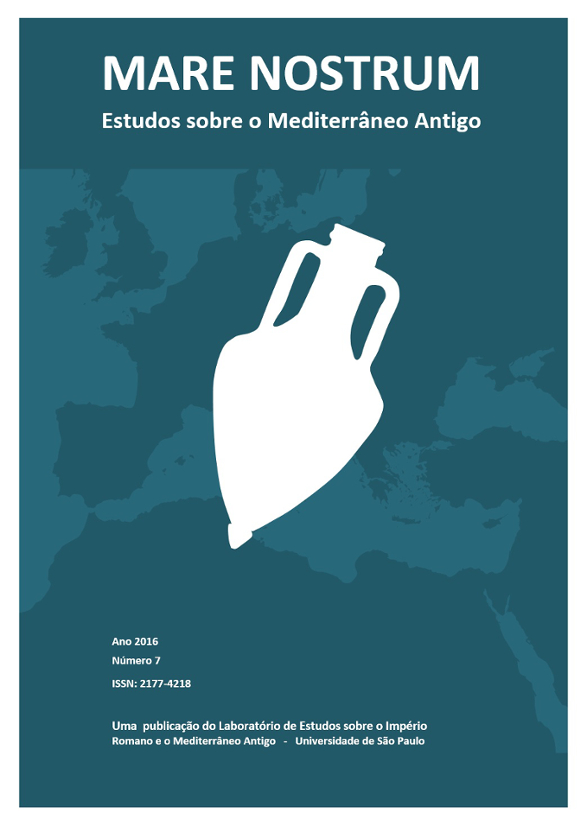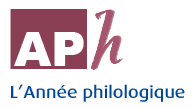Escílax de Carianda, Pseudo-Escílax e el Periplo de Paris: reconsiderando la tradición antigua de un texto geográfico
DOI:
https://doi.org/10.11606/issn.2177-4218.v7i7p1-19Palabras clave:
Geografia grega antigua, periplo, Escílax de Carianda, Marciano de Heraclea, Paris. suppl. gr. 443Resumen
The Periplus preserved in the manuscript Parisinus suppl. gr. 443, and erroneously ascribed to Scylax of Caryanda (sixth century BC), is the oldest extant specimen of ancient Greek periplography: it belongs to the second half of the fourth century. In the present article, all the testimonies on the ancient tradition of both Scylax and the Paris Periplus are carefully evaluated. The aim is to determine when and why the Paris Periplus was mistakenly ascribed to Scylax and to clear any doubts on the alleged authorship of this ancient geographic work. The confusion, or the wilful falsification, is evident in Strabo: he knew of Scylax’s voyage in the East and at the same time was acquainted with the text of the Paris Periplus, which he ascribed to this famous ancient seafarer. Greek and Latin authors of the Roman Imperial age knew the Paris Periplus, but many followed slavishly the erroneous ascription to Scylax of Caryanda. When Marcianus of Heraclea in the early Byzantine age collected his corpus of ancient Greek geographers he also ascribed the Paris Periplus to Scylax, thus handing down the error to the copyist of the Paris. suppl. gr. 443Descargas
Los datos de descarga aún no están disponibles.
Descargas
Publicado
2017-03-27
Número
Sección
Artículos
Licencia
Mare Nostrum no se hace responsable del contenido vertido en la publicación, el cual depende exclusivamente del autor o autores del texto.
La reproducción de textos publicados por Mare Nostrum se distribuye bajo una licencia de uso y distribución de Creative Commons Attribution-NonCommercial 4.0 International (CC BY-NC).
Los autores que publican en esta revista deben estar de acuerdo con los siguientes términos:
- Los autores conservan los derechos de autor y garantizan el derecho de la revista a realizar la primera publicación con una colaboración simultánea autorizada bajo la licencia Creative Commons Attribution License, que permite difundir el trabajo con el reconocimiento de su autoría y de que ha sido publicado inicialmente en esta revista.
- Los autores tienen la posibilidad de realizar acuerdos contractuales adicionales para una distribución no exclusiva de la versión del trabajo publicada en la revista (por ejemplo, compartirla en un repositorio institucional o publicarla en un libro), siempre que quede constancia de su publicación inicial en esta revista.
- Se permite e incluso se anima a los autores a que compartan su trabajo online (por ejemplo, en un repositorio institucional o en sus páginas web) antes y durante el proceso de envío, con vistas a que se generen intercambios productivos, así como una citación del trabajo previa a la publicación y de mayor calado (véase The Effect of Open Access).
Cómo citar
Escílax de Carianda, Pseudo-Escílax e el Periplo de Paris: reconsiderando la tradición antigua de un texto geográfico. (2017). Mare Nostrum, 7(7), 1-19. https://doi.org/10.11606/issn.2177-4218.v7i7p1-19









